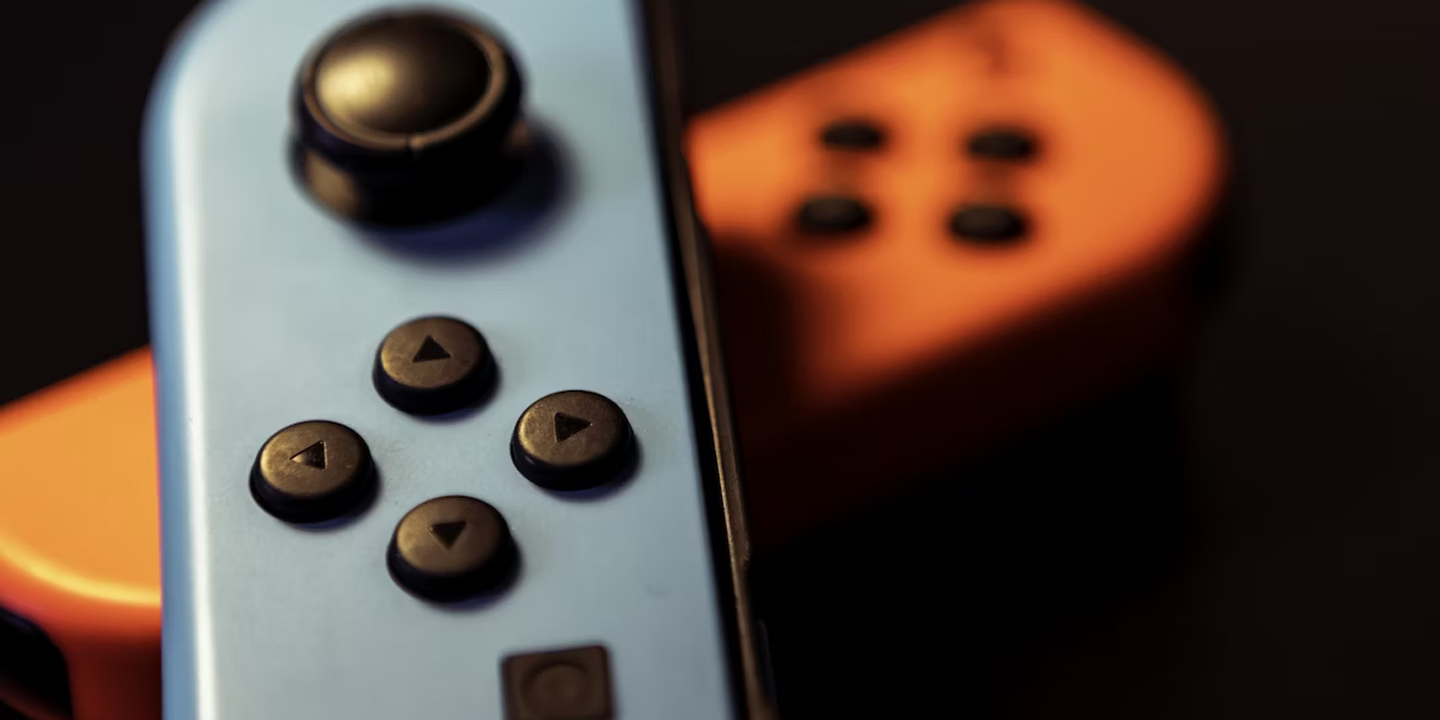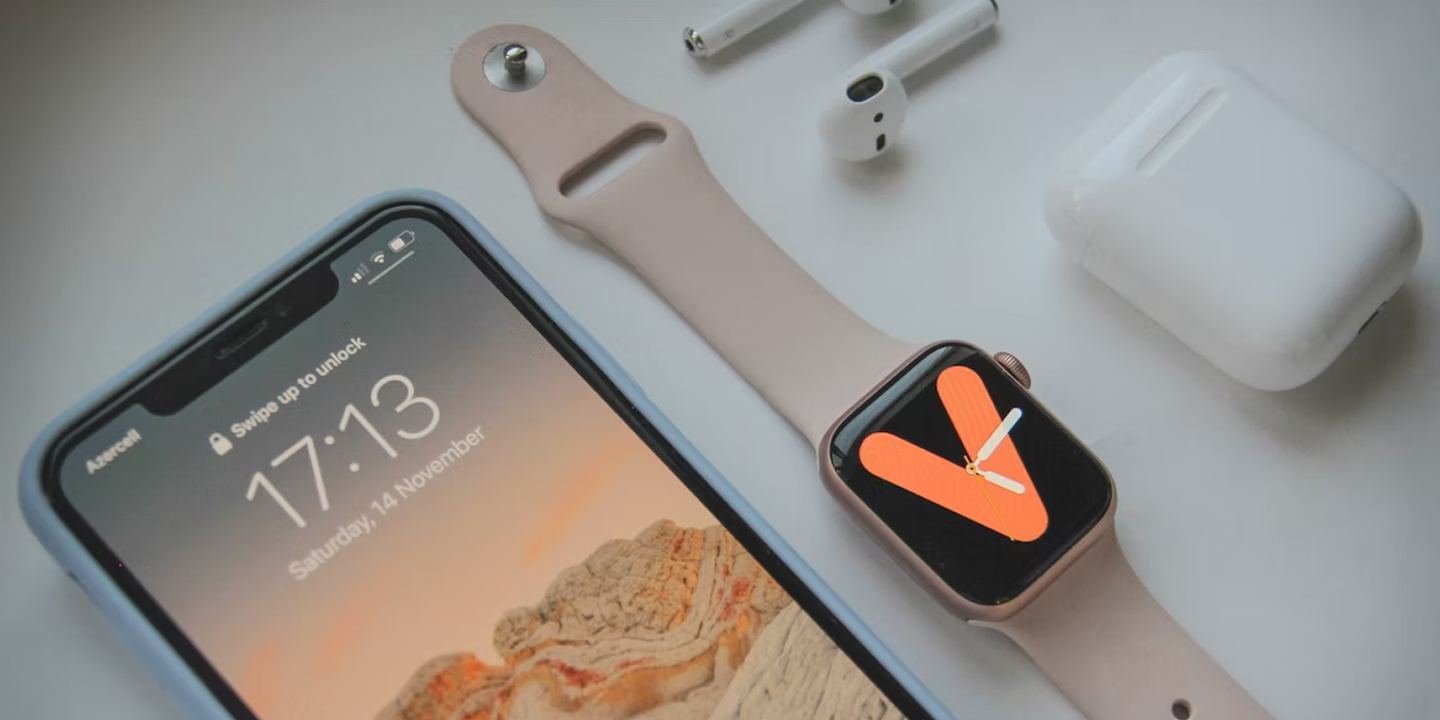Inventions So Perfect They Need No Upgrades
We often celebrate the latest gadgets, cutting-edge technology, and innovation, but what about the items that have long been perfected that we take for granted every day? While some technologies are forever evolving, others reached their final form centuries ago, proving that some designs are already as good as they can get. From the ancient wheel to the modern electric kettle, these 20 pieces of technology have reached their “final form.”
1. The Spoon
Some form of spoons has existed since Paleolithic times, evolving into what we have today: a perfectly ergonomic utensil designed specifically for human mouths. The narrow-bowled design most commonly seen today was perfected in the 18th century and hasn't really changed since.
2. The Wheel
One of the most fundamental inventions in human history, the wheel is as simple as it is brilliant. While materials and applications have evolved, the concept remains the same, and there's no way to imagine how the basic design could be any better.
3. The Pencil
Sure, now we have mechanical pencils instead of wooden ones. However, aside from that, the design of a wooden or mechanical casing around a graphite core with a rubber eraser has remained practically unchanged for centuries.
4. The Hammer
Dating back to the Stone Age, the hammer is one of humanity's oldest tools. They were perfected over centuries to become what we have today. Some of them include ergonomic grips and anti-vibration technology, but the core design with one side flat and blunt and the other a curved claw has remained the same since the 19th century.
5. The Stapler
Not many of us are using staplers on a day-to-day basis anymore; however, if you were to pick one up, it would be more or less the same as an early 20th-century one. Only very minor refinements have been made in the last 100 years, indicating that this is about as good as it's going to get.
6. The Can Opener
Sure, people have electric can openers, but the handheld ones are just as effective and arguably more convenient. The design has been stable for about a century, with only minor adjustments like smooth-edge cutters and ergonomic handles being added.
7. Analog Watches
Smart watches may be all the rage now, but if you're still a fan of the mechanical watch, you may have noticed its core design hasn't changed for a while. Pocket watches evolved into wrist watches in the 19th century, and since then, have remained largely unchanged.
8. The Microwave
Microwaves have certainly gotten fancier over the years, with all kinds of extra buttons, automation, and even AI included. However, the core technology, which uses microwave radiation to heat food quickly and evenly, has not changed since it was invented in 1947.
9. Toasters
Like microwaves, toasters have gotten fancier over the years, coming in different materials with new buttons, screens, and more slats. However, the electric toaster, which uses metal coils to heat bread evenly, was invented in the 1920s and hasn't changed much fundamentally since.
10. The Chessboard
Less of a piece of tech and more of a tool, the chessboard has no doubt reached its final form. While different materials can be used, the eight-by-eight grid with alternating light and dark squares has remained unchanged for centuries and couldn't be any more perfect.
11. Toilets
The flush toilet was first created in the 16th century and improved upon for the next three centuries, culminating in a design very similar to what we have today. They're now optimized to be more efficient, reliable, and comfortable, but short of fancy touch screens, it's hard to imagine any fundamental changes being made.
12. Electric Kettles
Electric kettles now come with an overwhelming array of buttons that really do nothing to improve how well the water is boiled. The core function has remained the same since the mid-20th century.
13. Paper Clips
Although no one really uses them anymore, there's no denying that paper clips can't be improved upon much. Aside from coming in different colors and materials, paper clips have barely changed since they were invented in 1899.
14. The Pen
Fountain pens were introduced in the 19th century, and ballpoint and gel pens evolved from there. Today, you can spend a lot on a fancy pen, but it's essentially going to be the same technology as it was in the early 20th century.
15. Rubber Bands
Rubber bands were introduced in 1845, and aside from coming in different colors and thicknesses, they've remained more or less unchanged. It's a simple piece of technology with countless applications, that it perfect for its current form.
16. Nail Clippers
The lever-style nail clipper was designed in 1875. It's small, portable, effective, and simple. As such, its mechanics have remained practically unchanged.
17. The Comb
It's mindblowing to think the comb you use each morning is largely the same as those used in ancient Egypt or China. Aside from the material used, which is now most likely plastic instead of wood or ivory, the design is practically the same.
18. The Zipper
The modern zipper was introduced in 1913. The simple mechanism of interlocking teeth, allowing for quick fastening, has only seen small improvements over the years, like stronger metals and waterproof coating, but the basic technology remains the same.
19. The Umbrella
Umbrellas have been around for a whopping 4,000 years, originally used as sunshades. The waterproof, portable, and collapsible design was developed in the 18th and 19th centuries, and the basic mechanics of modern umbrellas remain the same.
20. Scissors
Early versions of scissors were present in ancient Egypt; however, the modern design of two sharp blades pivoting against each other was developed in the 18th century. Small improvements, making them more lightweight and durable, have been made, but the basic mechanics remain unchanged.




























